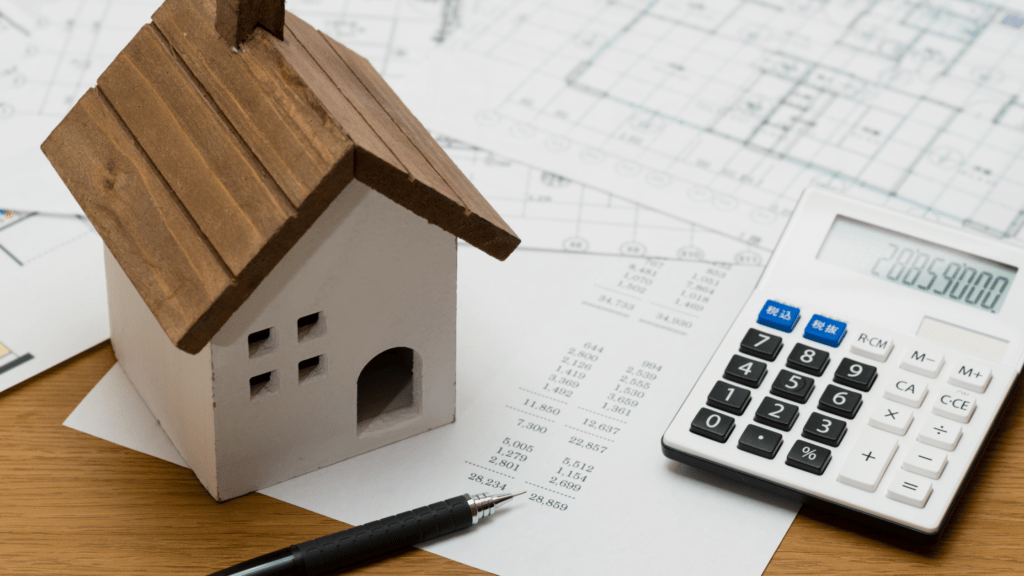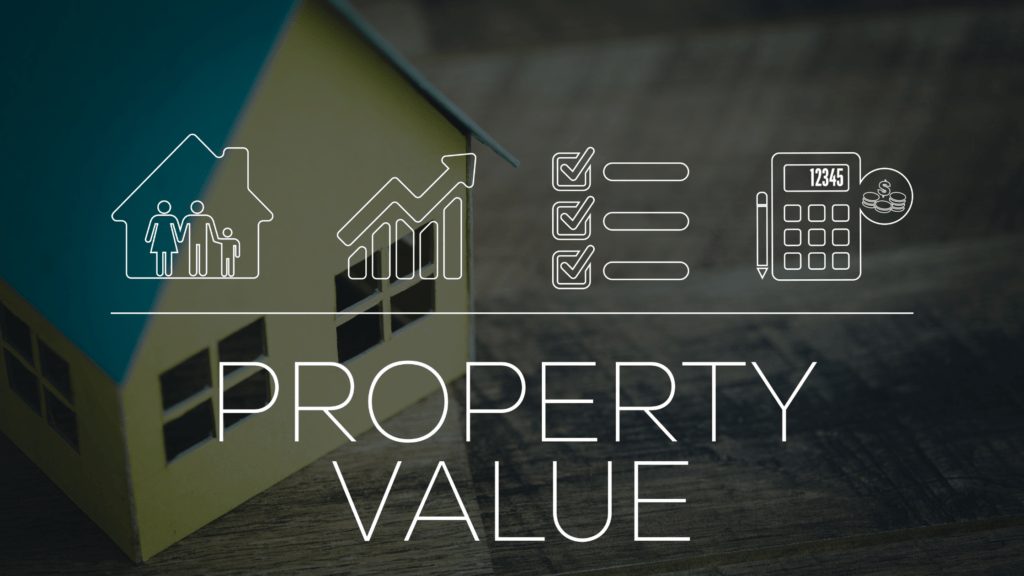
Introduction:
Evaluating the value of a residential property is both an art and a science. As a residential appraiser with experience across King, Snohomish, Island, and Skagit Counties, I have developed a deep understanding of the factors that contribute to property values in these diverse regions. In this comprehensive blog post, I will share insights into the art of evaluating residential property value, highlighting the nuances of each county. Whether you’re a homeowner curious about your property’s worth or a prospective buyer looking to make an informed investment, this article will provide valuable information to navigate the appraisal process.
Market Analysis: The Foundation of Property Valuation

Market analysis forms the bedrock of property valuation. Across King, Snohomish, Island, and Skagit Counties, it involves studying recent comparable sales, analyzing market trends, and understanding economic conditions. By examining data such as sale prices, square footage, location, and property features, appraisers develop a comprehensive understanding of the local housing market and its impact on property values.
Property Inspection: Uncovering the Unique Features

A thorough property inspection is a vital step in the valuation process. Each county offers distinct characteristics that influence property values. In King County, the diverse neighborhoods of Seattle, Bellevue, and Redmond present a mix of urban sophistication, waterfront living, and thriving communities. Snohomish County combines suburban comfort with natural beauty, with towns like Everett and Edmonds offering a range of housing options. Island County boasts serene island living, while Skagit County provides rural tranquility and access to breathtaking landscapes. Appraisers carefully assess the physical attributes, condition, size, layout, amenities, and unique features of each property to determine its value within the context of its county.
Comparable Sales Approach: Drawing Parallels

The comparable sales approach is a widely used method for property valuation. It involves analyzing recent sales of similar properties in the same or similar neighborhoods. Each county has its own unique market dynamics that influence comparable sales. In King County, neighborhoods like Queen Anne, Capitol Hill, and Ballard often command higher property values due to their location and amenities. In Snohomish County, communities like Bothell, Lynnwood, and Mukilteo exhibit their own market trends. Island County’s Whidbey Island and Skagit County’s Mount Vernon have their respective sets of comparable sales. By considering these factors, appraisers can draw parallels and determine a property’s value based on recent sales in the specific county.
Cost Approach: Evaluating Construction and Replacement Costs

The cost approach is particularly relevant for new or unique properties. It involves evaluating the cost of construction and calculating the value based on the property’s replacement or reproduction cost. Construction costs, land value, materials, labor, and depreciation are taken into account. In King County, the high demand for new construction in certain neighborhoods may influence replacement costs. In Snohomish County, the cost approach may consider the availability of land and the potential for development. In Island and Skagit Counties, where rural and waterfront properties exist, specific cost factors come into play. The cost approach ensures that the value reflects the investment required to replicate the property.
Income Approach: Focusing on Investment Potential

The income approach is relevant for investment properties, such as rental units or multi-family buildings. It evaluates the property’s value based on its income-generating potential. Factors such as rental income, operating expenses, vacancy rates, and capitalization rates are considered. In King County, areas like downtown Seattle and Bellevue present strong investment potential due to high rental demand. Snohomish County’s Everett and Lynnwood offer their own investment opportunities. Island County’s vacation rental market and Skagit County’s potential for agricultural income impact the income approach. By analyzing the property’s income stream, appraisers can determine its value to investors.
Local Factors: Neighborhood and County Influences

Neighborhood and county-specific factors significantly impact property values. In King County, the proximity to top-rated schools, cultural attractions, and employment centers adds value. Snohomish County’s access to outdoor activities, quality school districts, and suburban conveniences contribute to property values. Island County’s waterfront locations, island lifestyle, and sense of community attract buyers. Skagit County’s rural tranquility, agricultural heritage, and proximity to natural wonders shape its property values. Appraisers meticulously consider these local factors when evaluating properties to ensure accurate valuations in the context of each county.
Conclusion: A Tapestry of Property Value Evaluation

Evaluating the value of residential properties across King, Snohomish, Island, and Skagit Counties requires a deep understanding of the unique characteristics and market dynamics within each region. As an experienced certified residential appraiser, I have honed the skills necessary to assess property values accurately. By conducting thorough market analysis, property inspections, and employing various valuation approaches, I provide a comprehensive and unbiased evaluation of residential property value.
Whether you’re a homeowner, buyer, or real estate professional, recognizing the impact of location and local factors on property values is crucial. By considering the nuances of each county, you can make informed decisions and navigate the ever-evolving real estate market with confidence.
FAQs (Frequently Asked Questions):
How do appraisers account for differences in property values across King, Snohomish, Island, and Skagit Counties?
Appraisers carefully analyze each county’s unique characteristics, market trends, and recent comparable sales to account for differences in property values. They consider factors such as neighborhood location, proximity to amenities, school districts, natural surroundings, and market dynamics specific to each county. By drawing on their expertise and utilizing county-specific data, appraisers ensure accurate valuations that reflect the intricacies of each location.
Can an appraiser provide insights into the future market trends in each county?
Appraisers analyze current market conditions and historical data to provide insights into market trends. While they do not predict the future with certainty, their expertise and knowledge of local market dynamics can offer valuable perspective on potential trends. Factors such as population growth, infrastructure development, and economic indicators contribute to future market trends. Consulting with an experienced appraiser can provide valuable insights into the direction of each county’s real estate market.
Are there specific neighborhoods or areas within each county that have experienced notable appreciation in property values?
Yes, each county has neighborhoods or areas that have experienced notable appreciation in property values. In King County, neighborhoods like Queen Anne, Capitol Hill, and Ballard have consistently shown strong market performance and higher appraisals due to their location, amenities, and unique characteristics. Snohomish County’s communities like Bothell, Edmonds, and Mukilteo have also experienced appreciation, thanks to their quality of life, amenities, and access to outdoor activities. Island County’s waterfront locations, such as Langley and Coupeville, have seen appreciation due to their natural beauty and island lifestyle. In Skagit County, Anacortes and Mount Vernon have seen growth due to their proximity to outdoor recreational opportunities and agricultural heritage.
How often should homeowners consider getting a new appraisal for their property?
The frequency of getting a new appraisal depends on various factors, including market conditions, changes to the property, and personal needs. Homeowners may consider getting a new appraisal when significant renovations or upgrades have been made, or when they are refinancing or selling their property. Additionally, changes in market conditions or local factors may warrant an updated appraisal to ensure an accurate reflection of the property’s current value. Consulting with a certified residential appraiser can help determine the appropriate timing for a new appraisal based on specific circumstances.
Can an appraiser provide guidance on improving a property’s value?
Yes, an appraiser can provide insights on potential improvements that may positively impact a property’s value. They can assess the property’s condition, features, and amenities and suggest upgrades that are likely to yield a favorable return on investment. While individual preferences and market conditions vary, common areas to focus on include kitchen and bathroom renovations, energy-efficient upgrades, landscaping enhancements, and improving overall property maintenance. Consulting with an appraiser familiar with the local market can provide valuable guidance tailored to each county’s specific dynamics.
